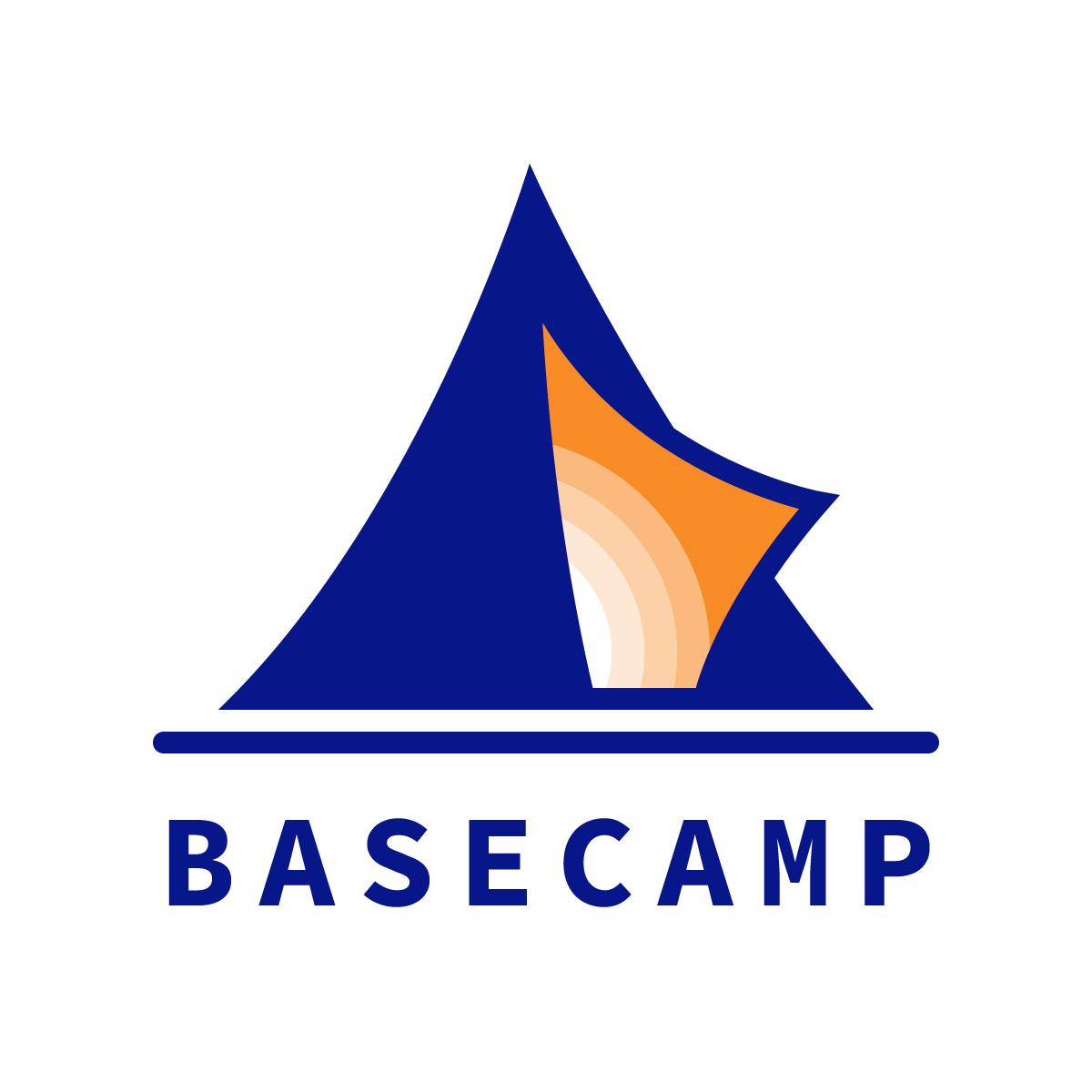What if you have to slow down to speed up?
Students from Benedictine Academy (NY) and St. Benedict’s Prep (NJ) create blind portrait profiles of one another. Even though Expeditions typically last only four days, we regularly slow down for exercises that foster collaboration under extreme uncertainty.
There are multiple moments during every Expedition when I say to myself, “This might not work.” [1]
When students show up on Day 1 of an Expedition [2], they rarely know more than one or two peers; they have no idea what problem they will work on; and they have no experience solving problems without preordained solutions.
Yet in less than four days they will have to:
cohere into teams who will…
navigate extreme uncertainty to…
produce a prototype solution to a social impact problem, then…
pitch that solution to a panel of CEOs in front of an audience of school leaders, parents, and other members of the public.
At the end of every Day 1, I look at the schedule I have carefully crafted and despair at how much we failed to do. And at that moment, I develop a pit in my stomach. There is no safety net. If Day 4 arrives and the student teams bomb, they bomb.
So you might reasonably expect that on Day 2 we speed up.
In fact, we slow down.
Yesterday, on Day 2 of our current Expedition, the schedule allotted 15 minutes to a warm up exercise. Instead we spent 30 minutes playing “The Name Game.” By lunch time, we had fallen further behind. So why in God’s name did we spent an hour after lunch on “The Handshake Game” and another round of “The Name Game”?
Neither of those “energizers” contributes to the design of a social entrepreneurship solution. But slowing down was exactly what we needed to speed up: Each team had more energy, was closer knit, and listened more carefully to one another. By the end of Day 2, each team was prepared to travel farther, faster. I’m confident they will be ready to face the CEO panel on Day 4.
The world will demand from our students more and more creative and collaborative problem solving. That work will take place under conditions of increasing uncertainty.
If school is designed to teach kids to “speed up to speed up,” they may very well come apart at their seams.
What if you have to slow down your students to help them to speed up?
***
[1] From “Out on a Limb” by Seth Godin. In short, important work is inherently risky. To quote Godin, “At some level, ‘this might not work’ is at the heart of all important projects, of everything new and worth doing.”
[2] 10% discount on 2019-20 Expeditions if you sign up before August 31.
***
Thank you for reading this post from Basecamp's blog, Ed:Future. Do you know someone who would find the Ed:Future blog worthwhile reading? Please let them know that they can subscribe here.



